You must have always been wondering why it is that, globally; so many women suffer from breast cancer. It is a question haunting millions who are desperately looking for answers and protection of themselves and their loved ones from this dreaded disease. Breast cancer is not choosy; it can attack any person regardless of age or background.
But the good news is that the knowledge of why this cancer happens is the first step to prevention and early detection. By unfolding the intricate web of causative factors, we can begin to empower ourselves with this knowledge and take control over our health. From predispositions of genetic makeup to lifestyle choices, the journey to breast cancer is multiple and mysterious. In this blog post, we are going to go deeper into exploring the seven main causes of breast cancer that are genetic in nature and also hormonal along with some environmental triggers. How about it? Are you ready to empower yourself through life-saving information? It’s time to learn about breast cancer causes together.
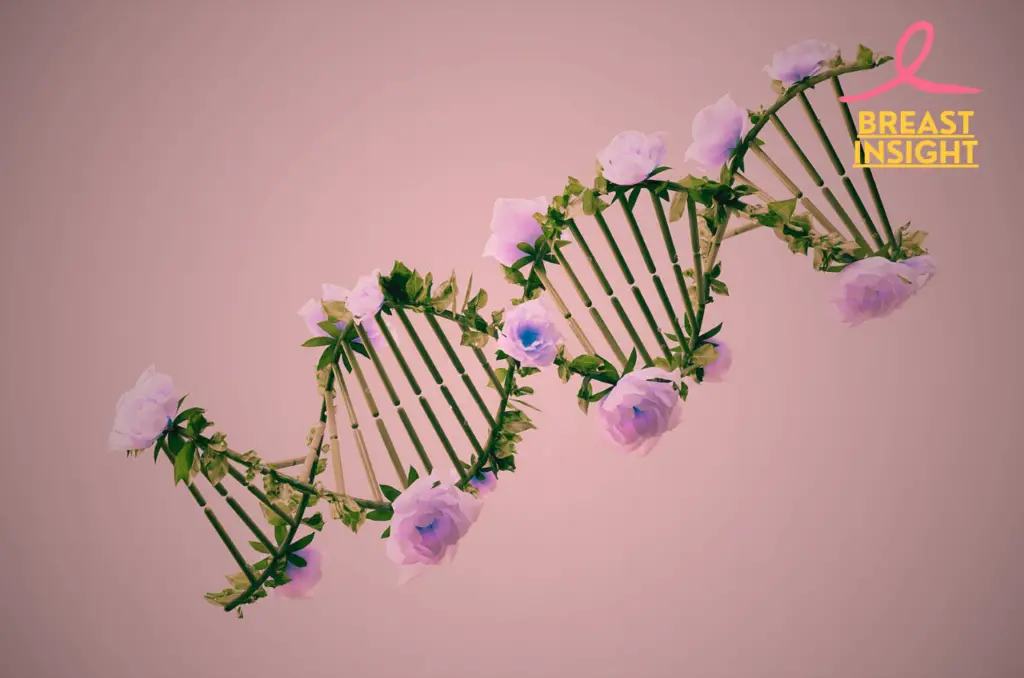
Genetic Factors
Genetics also play a very key role in the causation of breast cancer. Most people are at risk by having genetic factors. Assessing the genetic factors makes one know his or her risk and then take up the preventive measures.
A. Inherited gene mutations
Several inherited gene mutations significantly elevate the risk of breast cancer. The most common of these are:
- BRCA1 and BRCA2 mutations
- PALB2 mutation
- TP53 mutation (Li-Fraumeni syndrome)
| Gene Mutation | Lifetime Breast Cancer Risk |
| BRCA1 | 65-80% |
| BRCA2 | 45-70% |
| PALB2 | 33-58% |
| TP53 | Up to 90% |
B. Family history of breast cancer
A significant family history of breast cancer can be a risk of having an increased genetic predisposition. Some of the indicators include;
- A family history of close relatives diagnosed with breast cancer
- Breast cancer cases at a young age
- Male breast cancer in the family
C. Ethnic background
Different ethnic groups are at a higher likelihood of having specific mutations, and some of them are;
- Ashkenazi Jewish women are at a higher likelihood of carrying BRCA mutations.
- African American women have a higher incidence rate of aggressive types of breast cancer and also occur at a younger age.
A notable case is that of the actress Angelina Jolie, who underwent preventive double mastectomy after she was diagnosed to carry the BRCA1 mutation. This decision of hers was widely known as “The Jolie Effect,” and there was wide publicity on the genetic testing and preventive measures for women at high risk. The identification of these genetic factors is important for the assessment of risk and for developing early detection methods. Based on family history or ethnicity, individuals may be counseled and tested for a personal risk level in the process of genetic testing.
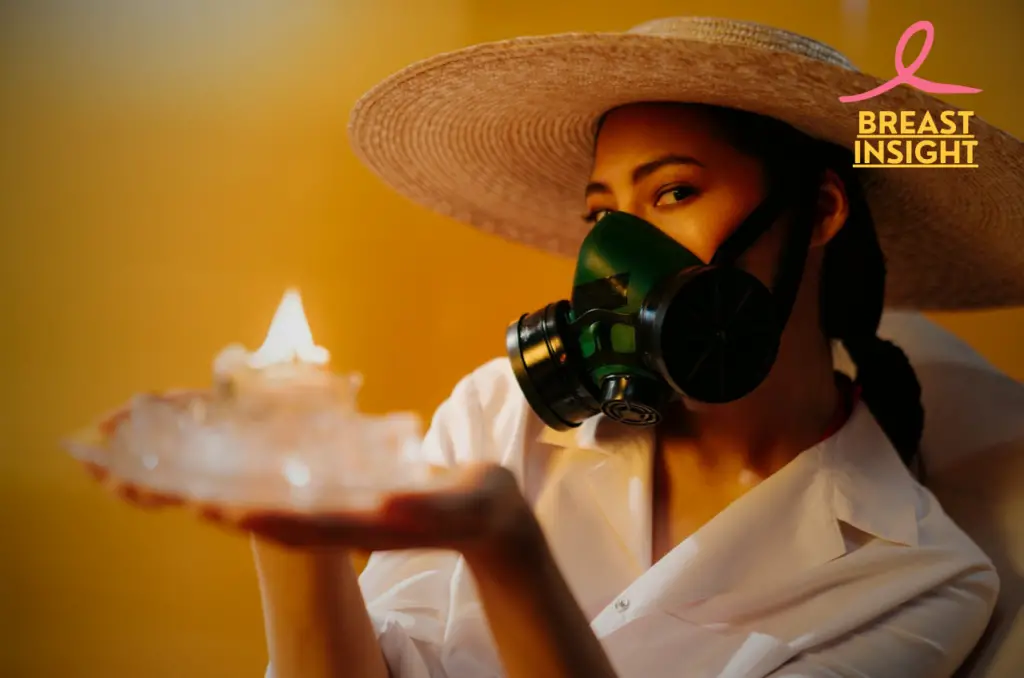
Hormonal Factors
Hormones play a very large part in the causation of breast cancer. Therefore an understanding of these influences does provide a basis for the appraisal and management of risk factors. If you’re looking to learn more about the basics of cancer, including its causes, symptoms, and treatment options, explore this comprehensive guide on what cancer is.
A. Early onset menstruation
Early age of menarche or starting menstruation – women with a period before age 12 are considered higher risks for this disease. This occurs by having exposure for life to estrogen and progesterone for the longest period.
B. Delayed menopause
Like in the case of other causes of hormonal influence, exposure after age 55 is associated with higher risks in women who enter menopause at this later age. This is due to the increased length of hormone exposure.
C. Hormone replacement therapy
Both long term use of hormone replacement therapy (HRT), particularly combined estrogen-progestin therapy can lead to an elevated risk.
| HRT Type | Risk Increase |
| Estrogen-only | Slight |
| Combined E+P | Moderate |
D. Birth control pills
Birth control pills or oral contraceptives slightly increase breast cancer risk, but the risk drops after stopping these pills.
Key things to remember about influences due to hormones:
- Early menarche and late menopause increase lifetime hormone exposure
- HRT, especially combined therapy, can greatly raise risk
- Oral contraceptives have a small, transient impact on risk
Now that we’ve explored hormonal influences let’s consider how lifestyle choices might influence breast cancer risk.
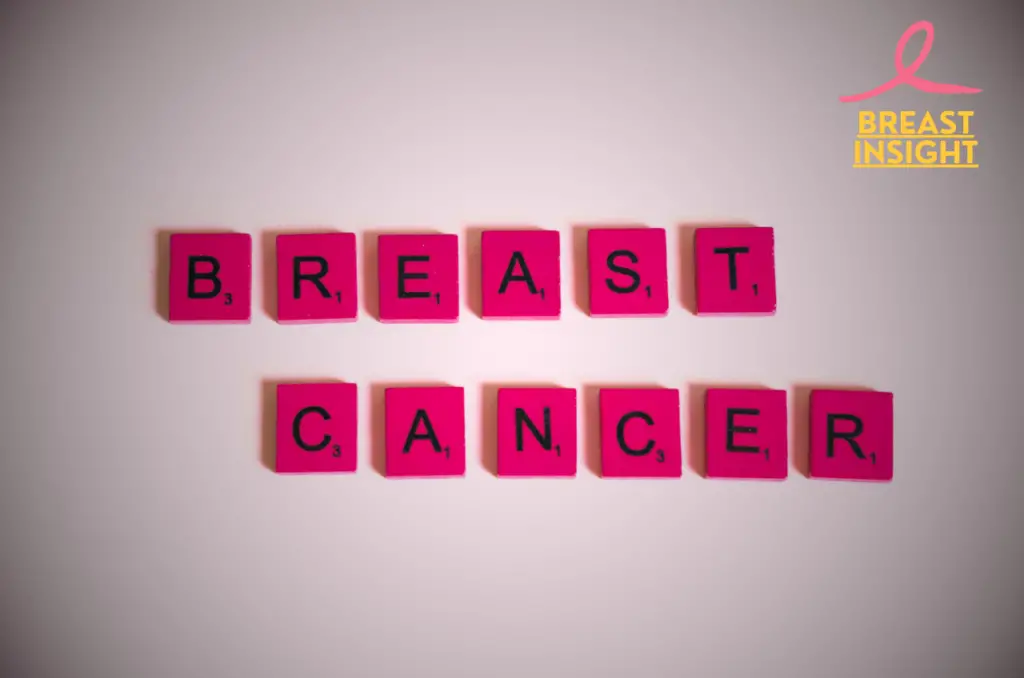
Lifestyle Choices
Some lifestyle choices will influence your risk for developing breast cancer. Let’s talk about some of them:
A. Drinking
Too much alcohol drinking has been associated with increasing the risk of breast cancer. There is evidence suggesting that moderate drinking also puts one at risk. Below is how alcohol consumption increases the risk of breast cancer.
The American Institute for Cancer Research indicates that women who consume more than one alcoholic drink per day face a 20% higher risk compared to non-drinkers.
| Alcohol Consumption | Relative Risk Increase |
| 1 drink per day | 7-10% |
| 2-3 drinks per day | 20% |
| 3+ drinks per day | 30-50% |
B. Obesity and poor diet
Maintain a healthy weight to reduce the risks of breast cancer. Postmenopausal obesity increases the body’s estrogen levels, which may stimulate the growth of cancer. The diet containing more processed foods and less fruits and vegetables may also increase the risk.
C. Lack of exercise
Regular physical activity lowers the risk of breast cancer. Engage in at least 150 minutes of moderate-intensity or 75 minutes of vigorous-intensity activity per week. Physical activity helps to maintain a healthy weight and regulate hormone levels.
D. Tobacco
Smoking is a strong risk factor for lung cancer, but smoking is also linked to increased risks of breast cancer, particularly among premenopausal women. Quitting smoking can significantly reduce your overall risk of cancer.
Being proactive about lifestyle choices may help reduce your risk of developing breast cancer. Next, we’ll talk about environmental causes of breast cancer.
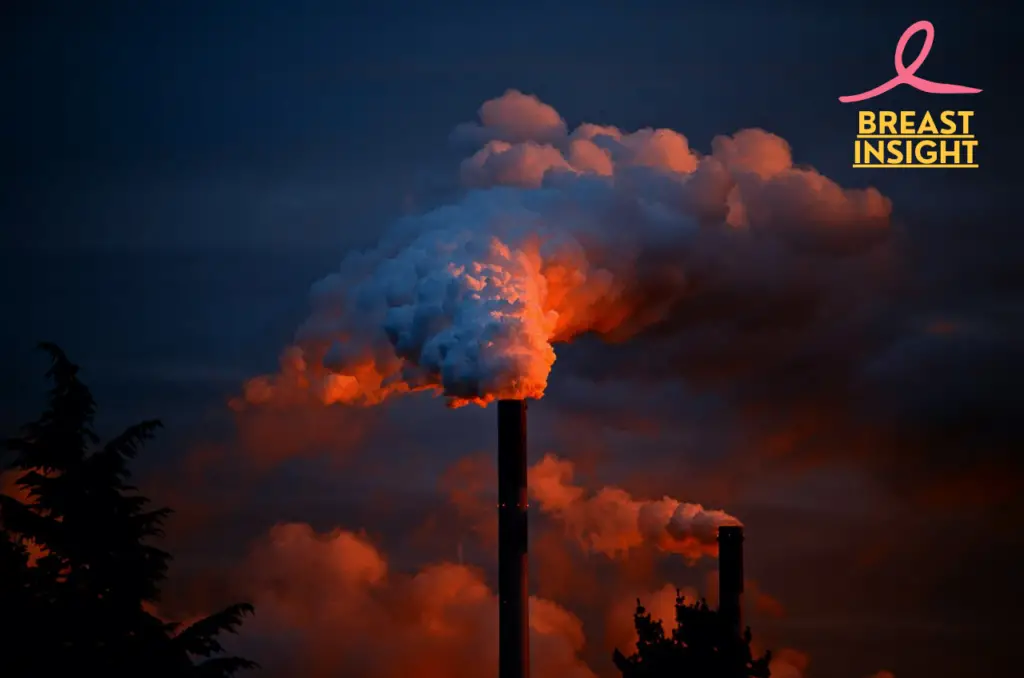
Environmental Factors
Environmental risk factors are also highly significant, and awareness of these can create awareness in people to take timely measures for their health condition and may reduce the risk chances.
A. Radiation
Radiation exposure due to chest exposure is reported to increase the risk rate of breast cancer. Therefore, it includes:
- Medical radiation treatments
- Repeating chest X-rays
- Risk of nuclear fallout
| Type of Radiation | Risk Level | Mitigation Strategies |
| Medical treatments | High | Discuss alternatives with doctor |
| Chest X-rays | Moderate | Limit frequency when possible |
| Nuclear fallout | Variable | Follow safety guidelines in affected areas |
B. Chemical pollutants
Some environmental chemical substances have been linked to high risks of breast cancer :
- Endocrine disruptors: BPA, phthalates
- Pesticides, herbicides
- Industrial solvent
C. Occupational Risks
There are risky occupations that can increase individual exposure to carcinogens resulting in increased risks of breast cancers:
- Health care workers (exposure to radiation and chemicals)
- Industry workers in specific industries
- Smoke exposure among firefighters
Methods of reducing exposure from environmental cause
- Reduce excessive exposure to radiation
- Use non-toxic and natural products as far as possible
- Avoid unsafe practices in unsafe jobs
Now, we are going to talk about upon how age and gender factor into the breast cancer risks while explaining every risk in detail.
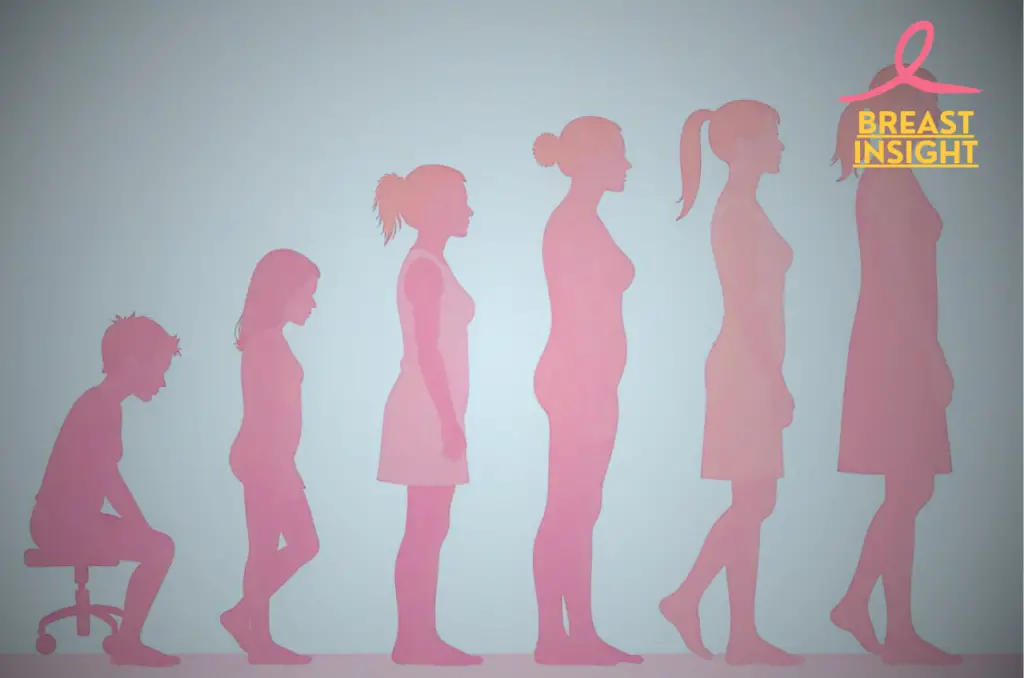
Age and Gender
The risk increases with age
In discussing the relationship between age and breast cancer, it can be noted that the incidence of this disease strongly correlates with age. Statistics show that approximately 80% of breast cancer patients are older than 50 years. This relationship might be due to several factors:
- With increasing age, there is accumulation of genetic mutations.
- There is higher exposure to hormones like estrogen over a long period.
- Poor DNA repair systems
Female gender inclination
Breast cancer might strike anyone; however, as a medical condition, this disease affects females. For example,
| Gender | Lifetime Risk of Breast Cancer |
| Female | 1 in 8 (12.5%) |
| Male | 1 in 833 (0.12%) |
This significant disproportion is basically due to:
- Women have larger levels of estrogen and progesterone
- More breast tissue occurs in females
- The X chromosome features genetic vulnerabilities that only manifest in women
Risk Factors for male breast cancer
Male breast cancer is comparatively rare; however, it’s possible for males to undergo the disorder. Here is what male patients should find out regarding the risk factors:
- Age (Most cases of breast cancer occur at 60-70 years)
- Family history of breast cancer
- Genetic inheritance, including inherited gene mutation, BRCA2
- Klinefelter syndrome
- Obesity
- Liver disease
By understanding the risk factors with respect to age and gender, there is a possibility for early detection and preventive measures. For a deeper understanding of breast cancer, including its causes, symptoms, and treatment options, explore this detailed guide on breast cancer. The next section describes how reproductive history factors have been found to play a role in the development of the potential risk of breast cancer.

Reproductive History
Reproductive history forms one of the significant risk factors that affect a female’s predisposition to cancer of the breast. We shall elaborate how certain dimensions of reproductive history could interact with risk.
A. Late or No Pregnancy
Women who had their first full-term pregnancy at age 30 years or older, or never had a full-term pregnancy, are at an increased risk of breast cancer because pregnancy causes changes in breast tissue that may prevent cancer.
B. Not breastfeeding
There are some risks that the general population associates with the protective effects of breastfeeding towards cancer. In this context, prolonged breastfeeding can reduce risks towards breast cancer. As well, in comparison with their counterparts, women who neither breastfeed nor practice infrequent periods of breastfeeding generally have increased risks for cancer.
C. Certain assisted reproduction technologies
Various hormone therapy that is provided along with fertility treatments often implies an increase in cancer development rates. Although studies into related matters continue, up until now there is insufficient comprehensive evidence that proves conclusive effects.
Here is an overview of how reproductive factors increase the risk of breast cancer:
| Reproductive Factor | Impact on Breast Cancer Risk |
| Late first pregnancy (after 30) | Increases risk |
| No full-term pregnancy | Increases risk |
| Breastfeeding | Decreases risk |
| Not breastfeeding | May increase risk |
| Certain fertility treatments | May increase risk (research ongoing) |
Knowing these reproductive factors can help women make healthy choices and discuss potential risks with their healthcare providers. Next, we will see how previous breast conditions increase the risk of breast cancer.
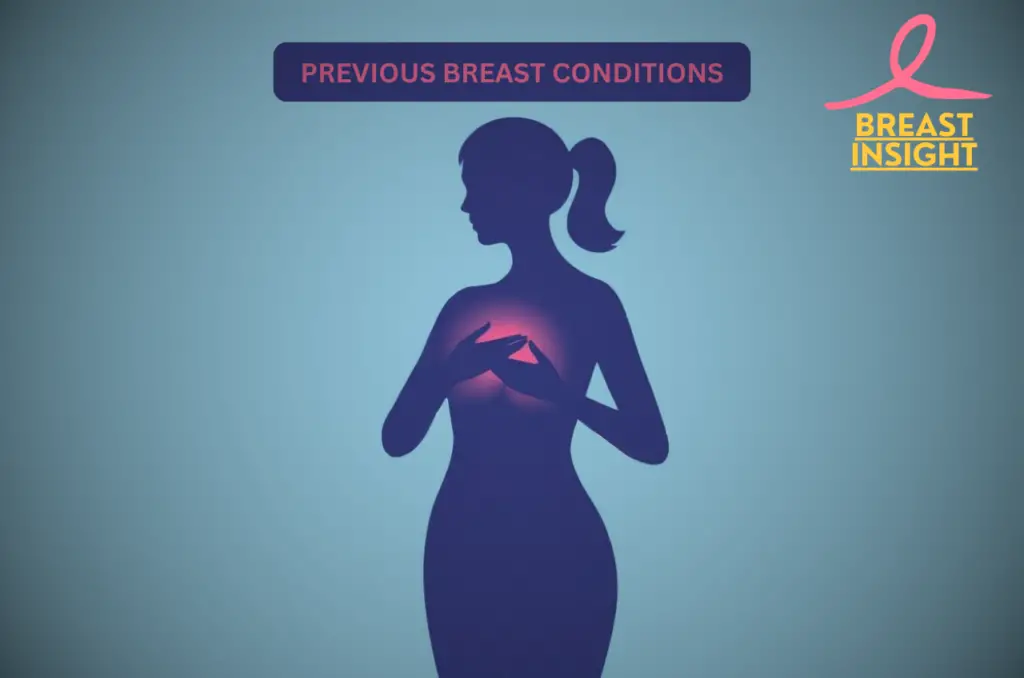
Previous Breast Conditions
Some of the previous diseases you have had in the breasts can raise your chances of breast cancer. Some of these are addressed in relation to the risk of developing the disease:
Dense Breast Tissue
Having a dense tissue in your breast means that it contains more glandular and fibrous elements than fats.
- This might make tumors elusive during mammography.
- Raise the risk of breast cancer 1.5 to 2 fold compared with women who have average breast density
| Breast Density | Relative Risk |
| Fatty | Lowest |
| Scattered | Low |
| Heterogeneous | Moderate |
| Extremely Dense | Highest |
Benign Breast Swellings
Some benign breast conditions slightly raise breast cancer risk:
- Most fibro adenomas do not increase the risk unless complicated
- Papillomas might raise risk a little especially when more than one exists
- Atypical hyperplasia might increase the risk by 3 to 5 folds
Previous History of Breast Cancer
A previous history of breast cancer significantly raises the risk for women of getting a new breast cancer in either breast. This risk is:
- 3-4 folds above the general population
- Peaks during the initial 2 years after a primary diagnosis
- Depending upon the type of therapy
Regular follow up and visits are required among people with past breast pathology. Having all these at risk allows devising the proper prevention and early diagnostic approach.
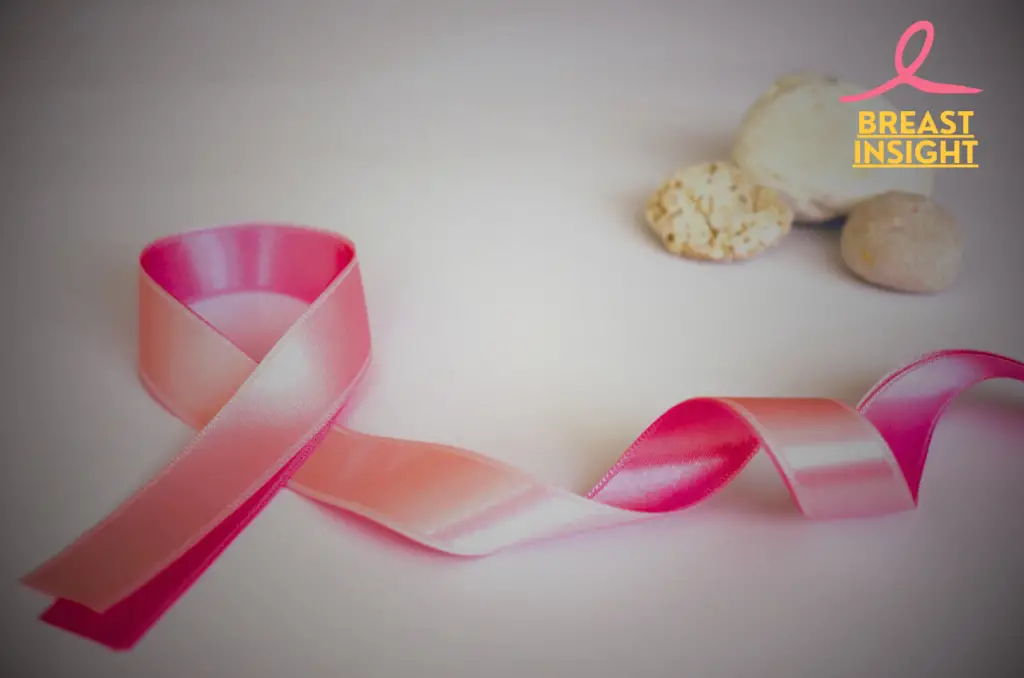
Conclusion
Breast cancer is a complex disease influenced by various factors, from genetic predisposition to choices on lifestyle and environmental exposures. The risks of this disease are very important for early detection and prevention. Although some risks such as age, gender, and genetic mutations are not debatable, others that include maintaining a healthy lifestyle, limiting alcohol consumption, and avoiding exposure to chemicals that are harmful can be managed to reduce the chance of developing breast cancer.
This means that the existence of one or more risk factors does not guarantee the development of breast cancer, and some individuals diagnosed with the condition do not have known risk factors. Managing breast health includes regular screening, self-examination, and communication with healthcare providers.
By prioritizing education and awareness about breast cancer causes, we empower individuals to take charge of their health. Organizations like the American Cancer Society and BreastCancer.org provide valuable resources for those seeking information and support. Ultimately, a collective effort in understanding and addressing the risk factors associated with breast cancer can lead to healthier lives and reduced incidence of this pervasive disease.
Frequently Asked Questions (FAQs)
What are the early signs and symptoms of breast cancer?
The early symptom of breast cancer is one of a lump in the breast or underarm, changes in the size or shape of the breast, dimpling or puckering of the skin, and discharge from the nipple. Regular self-examinations must be performed and the health care provider consulted if any unusual changes are noted.
At what age should women start getting mammograms?
The American Cancer Society recommends that women aged 40 to 44 years should start annual mammograms. However, women who have a family history of breast cancer or other risk factors should start earlier. You should discuss your individual risk factors with your healthcare provider so he can appropriately advise you on the best screening schedule.
Can breast cancer be prevented?
Even though no method is known that would guarantee preventing breast cancer, several approaches can significantly minimize the risk. These involve keeping fit, exercising frequently, reducing alcohol intake, and considering genetic testing or counseling in cases of having a family history of this illness.
How does family history affect breast cancer risk?
Family history of breast cancer puts one at a very high risk. A woman is likely to get breast cancer if any of her first-degree relatives, like her mother or sister, had been diagnosed with breast cancer. In some cases, mutations in the BRCA1 and BRCA2 genes are involved, and it would be prudent for them to undergo genetic counseling and testing.
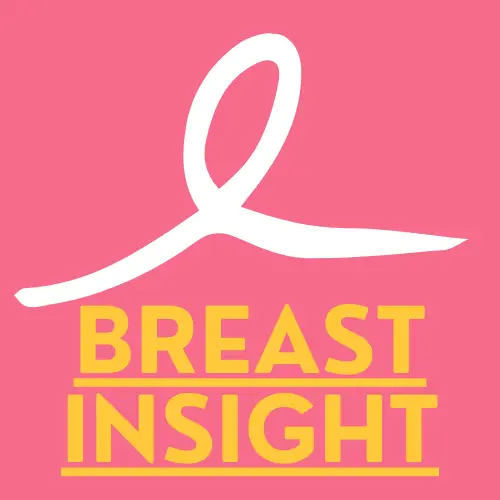
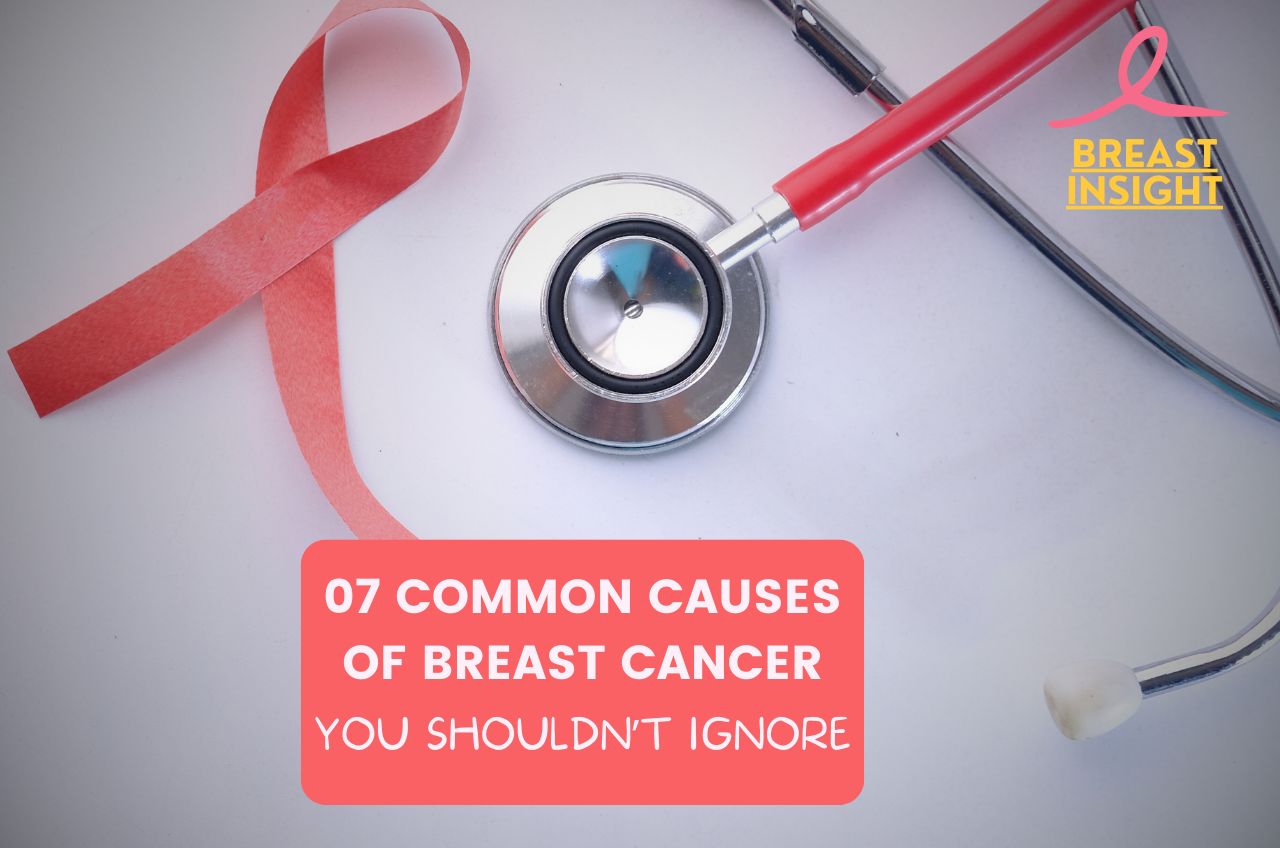
1 thought on “07 Surprising Causes of Breast Cancer You Need to Know”